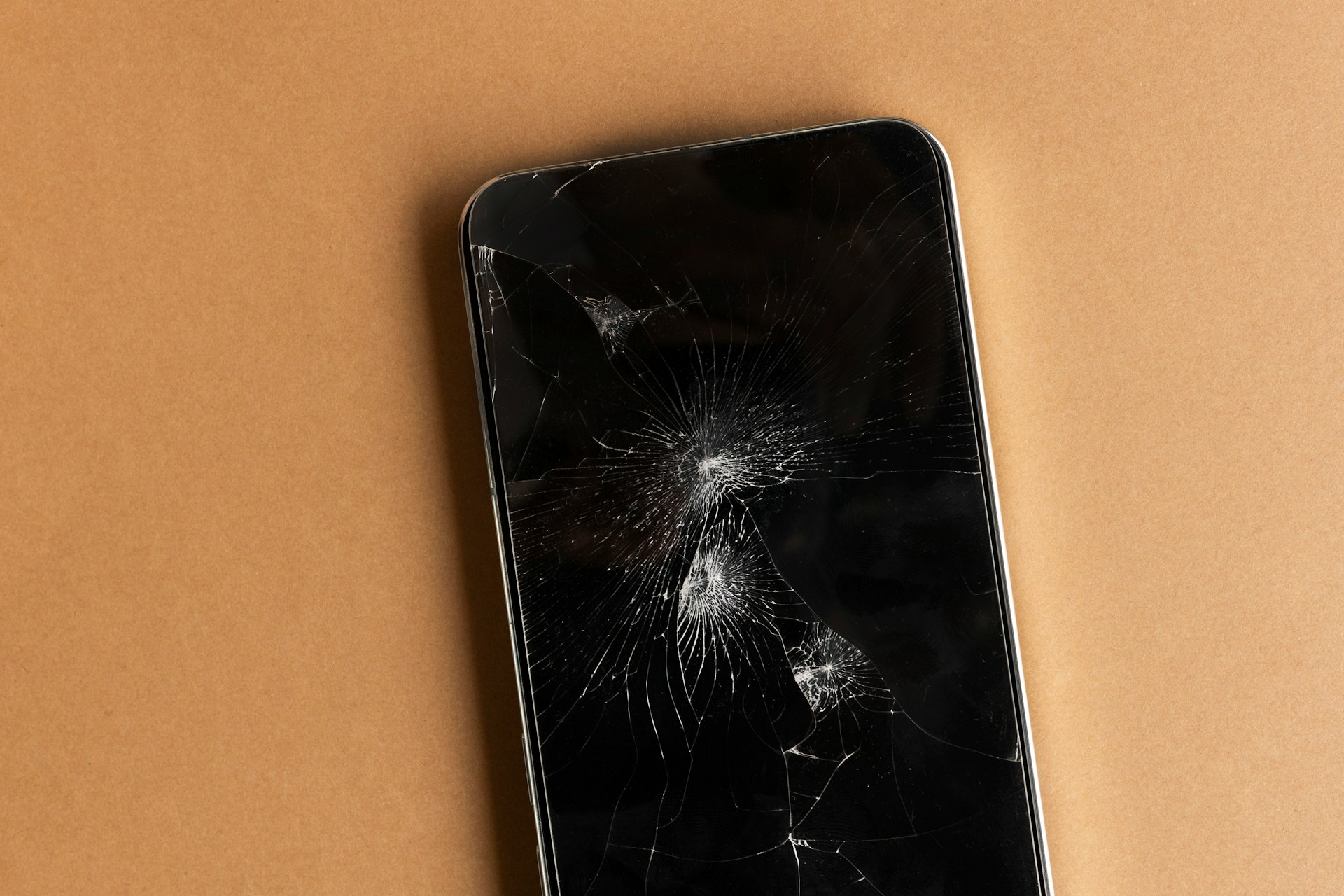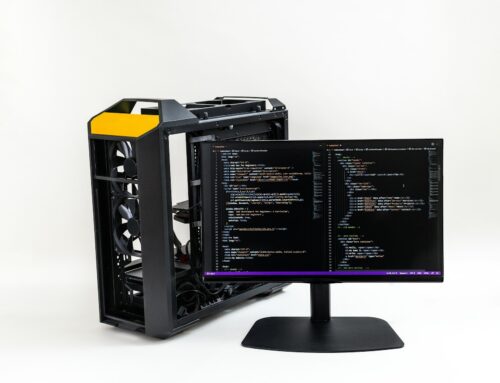A cracked phone screen can be quite a nuisance, affecting both functionality and appearance. Dropping your phone and ending up with a spiderweb of cracks isn’t uncommon, and it can be frustrating to deal with. Understanding how to assess and manage this damage can save you a lot of time and stress.
Before you consider any repairs, it’s essential to evaluate the extent of the damage. Sometimes, what looks like a severe crack might not be as bad as it seems. Knowing whether the crack is superficial or has affected the internal components is crucial. This helps determine whether you can fix it yourself or if professional help is necessary.
Immediate action is sometimes needed to prevent further damage. Temporary fixes can keep your phone usable and protect it from additional harm. These quick solutions can be handy until you decide on a permanent repair.
For those who are handy with tools, attempting a DIY screen replacement can be cost-effective. But it requires understanding the steps and having the right tools. Knowing when to attempt a DIY fix versus seeking professional help is key to ensuring your phone is repaired correctly without causing additional problems.
In this article, we will explore how to assess the damage, temporary fixes you can apply, the steps and tools required for a DIY screen replacement, and when it’s best to seek professional help. Let’s dive into these practical tips to help you manage and repair your mobile phone with a cracked screen.
Assessing the Damage: Is It Just a Crack?
Before you jump into repairs, you need to assess the damage to your phone screen. Identifying whether the crack is superficial or more severe is crucial for determining the next steps.
First, check if the touchscreen still works. If you can swipe and tap without any problems, the damage may be limited to the outer glass layer. This makes the repair simpler, as the internal components are likely intact.
Next, examine the screen for any black spots, lines, or flickering. These signs indicate damage to the LCD or AMOLED layer beneath the glass. If you notice such issues, the repair will be more complicated and expensive.
Lastly, check for exposed parts. A severe crack can sometimes expose internal components to dust and moisture, which can cause further issues. If you see any gaps in the screen, you’ll need a more immediate and thorough fix.
Understanding the extent of the damage helps you decide whether to try a temporary solution, a DIY repair, or seek professional help. This initial assessment is vital for making an informed decision.
Temporary Fixes: What You Can Do Right Away
If your phone screen is cracked, you might need a temporary fix to keep it usable and protect it from further damage. Here are some quick solutions you can apply immediately.
1. Apply Clear Tape: Place a piece of clear tape over the crack. This simple fix will hold the glass together and prevent loose shards from coming off. Make sure the tape covers the entire damaged area.
2. Use a Screen Protector: If you have a screen protector handy, apply it over the cracked screen. This adds an extra layer of protection and can improve the touch functionality slightly.
3. Avoid Moisture: Keep your phone away from water or any other liquids. A cracked screen can allow moisture to seep into the device and cause internal damage. Use a ziplock bag or a waterproof case if you need to carry your phone in wet conditions.
4. Be Gentle: Handle your phone with extra care. Avoid placing it in tight pockets or bags where pressure can worsen the crack. Try not to drop it again until you can get it properly repaired.
These temporary fixes won’t solve the problem permanently, but they can buy you some time and prevent the damage from getting worse. Make sure to seek a more permanent solution as soon as possible to keep your phone functional.
DIY Screen Replacement: Steps and Tools You Need
If you decide to replace the screen yourself, knowing the steps and having the right tools is crucial. Here’s a simple guide to help you through the process.
1. Gather the Tools:
– Replacement screen
– Small Phillips and flathead screwdrivers
– Plastic prying tools
– Suction cup
– Tweezers
– Adhesive strips
2. Turn Off Your Phone: Make sure your phone is completely powered off before starting. This prevents any electrical issues during the repair.
3. Remove the Screws: Use your screwdriver to remove the small screws at the bottom of the phone near the charging port.
4. Lift the Screen: Attach the suction cup near the bottom edge of the screen. Gently pull up to create a small gap, then insert a plastic prying tool to separate the screen from the body.
5. Disconnect the Cables: Inside, you’ll see several cables connecting the screen to the phone’s motherboard. Use the tweezers to carefully disconnect these cables.
6. Install the New Screen: Line up the new screen with the phone body and reconnect the cables. Make sure they are securely in place.
7. Seal and Secure: Place the screen back onto the phone body and press it down firmly. Replace the screws you removed earlier to secure the new screen in place.
Following these steps can help you successfully replace your phone screen. But remember, this task requires a steady hand and patience. If you feel unsure at any step, it might be best to seek professional help.
When to Seek Professional Help: Knowing Your Limits
While DIY repairs can save money, there are times when seeking professional help is the smarter choice. Here’s when you should consider it.
1. Complex Damage: If your phone has extensive damage beyond just the screen, like bent frames or multiple functional issues, professional repair is ideal. They have the expertise to handle complex repairs.
2. Lack of Tools: Professional repairs require specialised tools. If you don’t have them, it’s better to take your phone to a repair shop instead of risking more damage.
3. Uncertainty About the Process: If you feel unsure about any repair step, it’s safer to get expert help. Professionals are trained and can avoid additional damage that might occur from a less experienced hand.
4. Time Constraints: DIY repairs can be time-consuming, especially if you’re not familiar with the process. If you need your phone quickly, professional services can complete the repair efficiently.
Knowing when to seek professional help ensures your phone is repaired correctly and safely, saving you from further complications and costs down the line.
Conclusion
Dealing with a cracked screen can be a hassle, but understanding your options makes it easier to handle. Assessing the damage, applying temporary fixes, and deciding whether to attempt a DIY repair or seek professional help are important steps to getting your phone back in working order.
If you feel confident and have the right tools, a DIY screen replacement might work for you. However, if the damage is too complex or you’re unsure about the repair process, seeking professional help is the best choice.
At Forest City Computer Repairs, we specialise in repairing mobile phone screens efficiently and professionally. Don’t let a cracked screen slow you down. Contact Forest City Computer Repairs today and let us help you get your phone back to its best condition!







